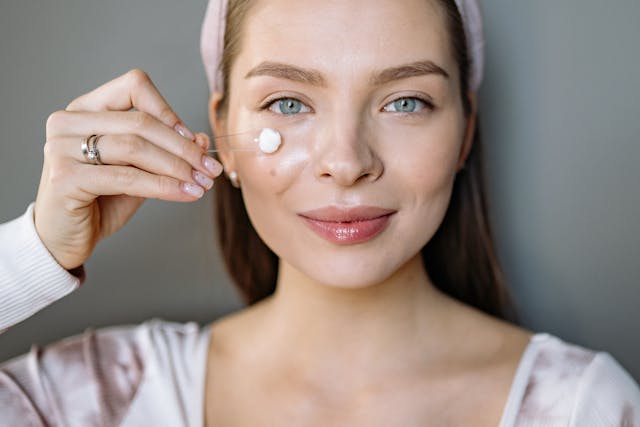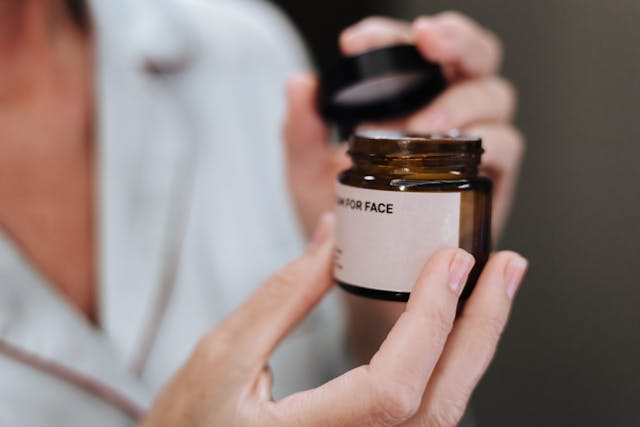The humble face cream has undergone a remarkable transformation over the past century. What once served merely to prevent dry, chapped skin has evolved into sophisticated formulations targeting everything from cellular regeneration to environmental protection. Understanding this evolution helps us appreciate the science behind modern skincare and make more informed choices about the products we use daily.
The Historical Journey of Face Creams
In the early 20th century, face creams were simple emulsions of oil and water, often made with lanolin, mineral oil, or cold cream bases. These formulations focused solely on creating a barrier to prevent moisture loss. Women would apply thick layers before bed, accepting the greasy residue as necessary for maintaining soft skin. The concept of targeted treatment or active ingredients was virtually unknown.
The mid-century brought the first major innovations with the introduction of humectants like glycerin and the development of more elegant textures. Cosmetic chemists began understanding how different ingredients could penetrate the skin rather than simply sitting on its surface. This period saw the birth of the modern cosmetics industry, with brands beginning to make specific claims about their products’ benefits beyond basic moisturization.
Understanding Modern Cream Formulations
Today’s face creams are marvels of cosmetic science, combining multiple technologies to deliver both immediate and long-term benefits. The basic structure remains an emulsion, but the similarity to early formulations ends there. Modern creams incorporate delivery systems that ensure active ingredients reach their target depth in the skin, time-release technologies that provide sustained benefits, and sophisticated preservative systems that maintain product integrity without irritating sensitive skin.
The texture of contemporary face creams varies dramatically based on their intended use and target audience. Gel-creams offer lightweight hydration perfect for oily or combination skin, while rich, buttery formulations provide intensive nourishment for dry or mature skin. Some formulations even change texture upon application, transforming from cream to oil or water to provide a unique sensory experience while delivering specific benefits.

The Science of Active Ingredients
Perhaps the most significant advancement in face cream technology is the incorporation of clinically proven active ingredients. Retinoids, peptides, antioxidants, and growth factors represent just a few categories of ingredients that can significantly impact skin appearance and health. These actives work at the cellular level, influencing everything from collagen production to DNA repair mechanisms.
Peptides, for instance, are short chains of amino acids that can signal skin cells to perform specific functions. Some peptides stimulate collagen production, helping to firm skin and reduce wrinkles. Others have muscle-relaxing properties that can soften expression lines. When you upgrade your routine with Biologique Recherche face creams, you’re accessing formulations that often combine multiple peptide types for comprehensive anti-aging benefits.
Customization and Skin-Specific Solutions
Modern face cream development recognizes that one size doesn’t fit all. Formulators now create products targeting specific skin types, concerns, and even genetic profiles. This customization extends beyond simple categories like “dry” or “oily” to address complex conditions like rosacea, melasma, or post-inflammatory hyperpigmentation.
Environmental factors also play a crucial role in modern formulations. Urban dwellers might need creams with anti-pollution complexes that protect against particulate matter and free radicals. Those in dry climates require intensive hydration with occlusive ingredients, while humid climate residents benefit from lighter, non-comedogenic formulations. This level of customization ensures that everyone can find products suited to their unique circumstances.
The Importance of Texture and Sensory Experience
While efficacy remains paramount, modern consumers also demand pleasant application experiences. The texture of a face cream can significantly impact whether someone continues using it, regardless of its benefits. Cosmetic chemists now spend considerable time perfecting the sensorial aspects of their formulations, ensuring they spread easily, absorb quickly, and leave skin feeling comfortable.
Advanced emulsification techniques create textures previously impossible to achieve. Whipped creams that feel light as air but provide intensive moisture, transforming textures that change from solid to liquid upon contact with skin, and memory creams that bounce back when touched all represent innovations in texture technology. These developments make the daily skincare routine more enjoyable, increasing compliance and, ultimately, results.
Preservation and Stability Challenges
Creating effective face creams that remain stable and safe throughout their shelf life presents significant challenges. Active ingredients can be unstable, breaking down when exposed to air, light, or heat. Preservative systems must prevent microbial growth without causing irritation or interfering with the product’s benefits. Modern packaging innovations, including airless pumps and UV-protective containers, help maintain product integrity.
Some brands have turned to encapsulation technologies that protect sensitive ingredients until the moment of application. Others use anhydrous (water-free) formulations to eliminate the need for traditional preservatives. These innovations allow for higher concentrations of active ingredients and reduced risk of sensitivity reactions, particularly important for those with reactive skin.

The Future of Face Cream Technology
Looking ahead, face cream technology continues to advance rapidly. Biotechnology offers new ingredients derived from plant stem cells, fermentation processes, and even synthetic biology. Nanotechnology enables deeper penetration of active ingredients, though this remains controversial due to safety concerns. Personalization will likely expand, with products tailored to individual genetic profiles, microbiomes, or real-time skin conditions.
Smart creams that respond to environmental changes or skin needs represent another frontier. Imagine formulations that increase their protective properties in response to UV exposure or release more hydration as skin becomes drier throughout the day. While some of these concepts remain in development, they illustrate the ongoing innovation in what might seem like a mature product category.
Conclusion
The evolution of face creams from simple moisturizers to complex treatment products reflects our growing understanding of skin biology and advances in cosmetic science. Today’s formulations offer unprecedented ability to address specific skin concerns while providing sensory experiences that make daily use a pleasure rather than a chore. As technology continues to advance, we can expect even more innovative solutions that blur the lines between cosmetics and medicine, offering increasingly effective ways to maintain healthy, beautiful skin throughout our lives.




